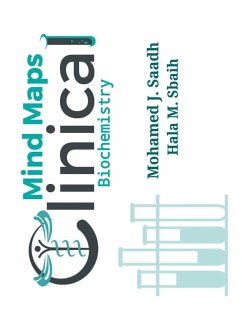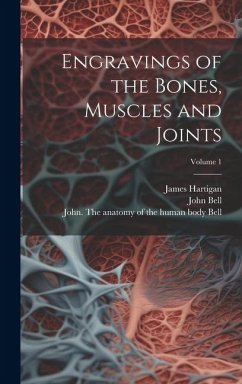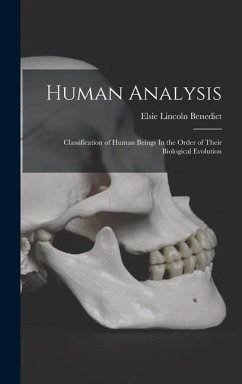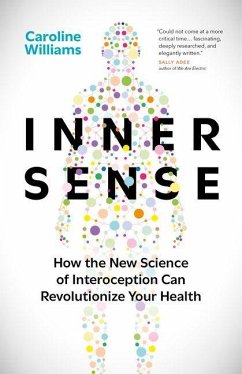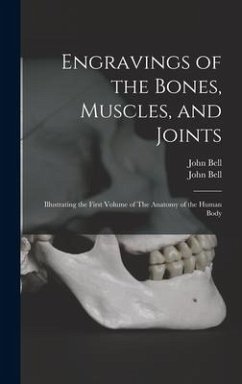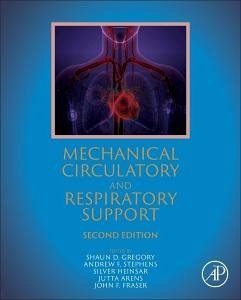
Mortal Minds
Versandkostenfrei!
Versandfertig in über 4 Wochen
22,99 €
inkl. MwSt.

PAYBACK Punkte
11 °P sammeln!
Dr. G. M. Woerlee explains how the normal functioning of the human body near death can generate beliefs in the reality of the supernatural and life after death. An anesthesiologist with more than twenty years of hospital experience, Dr. Woerlee has been struck over the years by the similarities between the body's symptoms under anesthesia and its reactions near death. Among the issues he addresses are the sensations of being disembodied that those near death often describe, the perception that mind and body are separate components of existence, whether there is such a thing as a soul, the phys...
Dr. G. M. Woerlee explains how the normal functioning of the human body near death can generate beliefs in the reality of the supernatural and life after death. An anesthesiologist with more than twenty years of hospital experience, Dr. Woerlee has been struck over the years by the similarities between the body's symptoms under anesthesia and its reactions near death. Among the issues he addresses are the sensations of being disembodied that those near death often describe, the perception that mind and body are separate components of existence, whether there is such a thing as a soul, the physical effects of decreased oxygen to the brain, and the visions that the dying sometimes report, from rapturous experiences of eternal peace to diabolical dreams. While not dismissing near death experiences as mere hallucinations, Dr. Woerlee is also careful to point out that even powerful psychological impressions by themselves do not constitute scientific proof of life after death. Taking this balanced, objective stance, he succeeds in conveying a better understanding of the dying process and helping us all to realize the nature of these final experiences.




